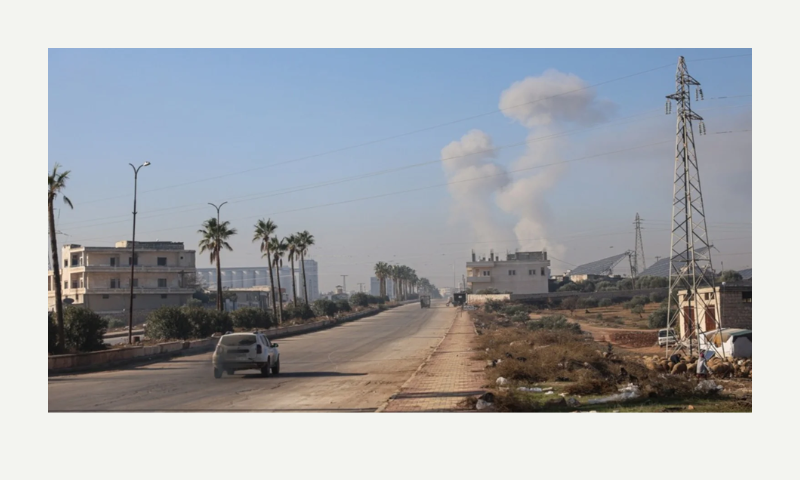Jonathan Schanzer
Commentary Magazine, Dec. 8, 2024
“The Syrian border with Israel, now fortified with ground troops and air power, is one to watch in the weeks and months ahead.”
The Bashar al-Assad regime in Syria has collapsed. Sunni rebels, backed by Turkey and Qatar, completed their lightning offensive last night after just a few short days of fighting. Assad’s whereabouts are unknown.
First, a quick salute to the Syrian people. They suffered mightily under Bashar’s father, the brutal dictator, Hafez al-Assad, for 29 years, and experienced a brief moment of hope when Bashar rose to power in 2000 after his father’s passing. But Bashar, a London-trained ophthalmologist, proved to be just as brutal as his father. The Syrian civil war, which erupted in 2011 amidst the outbreak of the Arab Spring, spurred Bashar to enlist the help of Russia, Iran, and Hezbollah to crack down on his own people. As many as a half million Syrians were killed. Entire towns were reduced to rubble. And millions of Syrians were displaced, thus altering the politics and stability of the European countries that took them in. The Syrian people can finally begin to think about a post-Assad future.
For those concerned about Russia’s great power aspirations, this is also good news. Russia entered the Syrian arena after the Obama Administration’s 2013 “Red Line” debacle. Russian strongman Vladimir Putin stepped in to the void after Obama—following an absolute promise to do it—refused to punish Assad for using chemical weapons on his own people. Putin established outposts across the country after helping Assad (temporarily) defeat the Sunni jihadists threatening his rule. Now Putin’s ability to project power in the Middle East is now nil. In fairness, it was already on life support after the Israelis bombed Russia’s S-300 air defense systems in Iran back in October, with relative ease.
As for the Israelis, they are cautiously sanguine this morning. Assad’s Syria was a key component of the Iranian “Shiite Crescent”—the large chunk of Middle East real estate stretching eastward from Iran, through Iraq, across Syria and into Lebanon. Syria was a key transit point for Iranian weapons smuggled into Lebanon for Hezbollah. More to the point, it was a proxy state hollowed out by the Islamic Revolutionary Guard Corps (IRGC) for the Iranian regime to project power across the region. This is now no longer.
The Israelis have not popped the champagne, however. Unconfirmed reports suggest the Israel Defense Force (IDF) has already targeted the chemical weapons facilities in Syria, to ensure that these lethal weapons do not fall into the hands of the Sunni fighters that just conquered the country. The Israelis have been targeting Iranian facilities used to assemble advanced weapons that were once used to arm Hezbollah. Israeli officials are also concerned about aircraft, advanced missiles and drones, and other platforms that have been captured by the jihadi forces that now control Syria.
But on balance, it’s probably fair to say that Israel is pleased to see the end of the Assad regime, the departure of Iran’s diplomats and advisors, and the hasty retreat of the Hezbollah fighters that failed to defend the regime. …SOURCE


